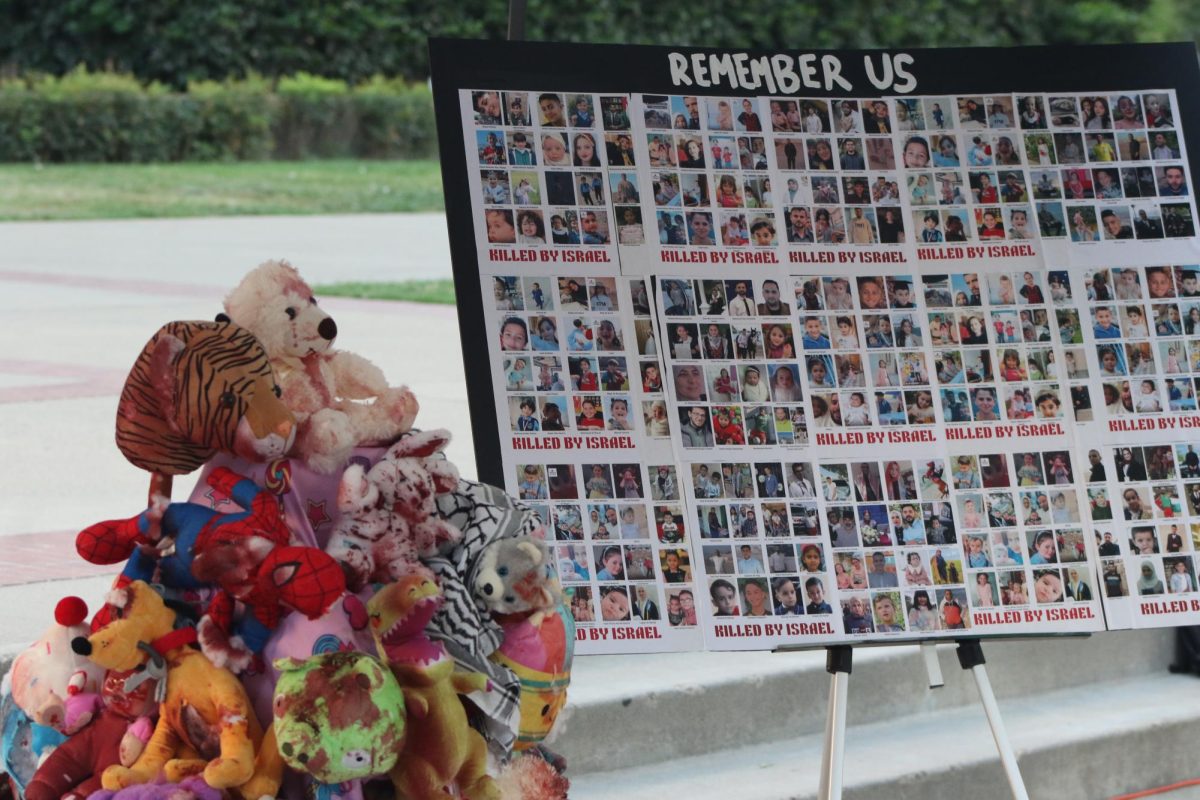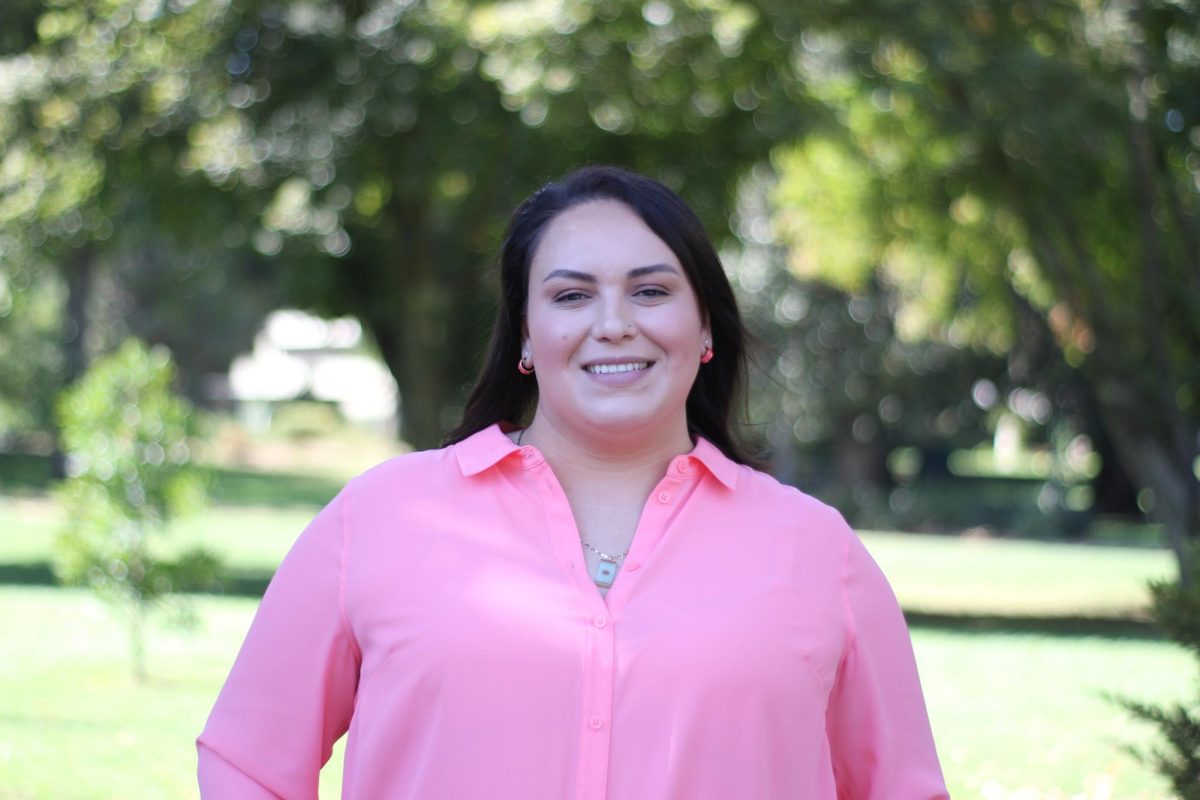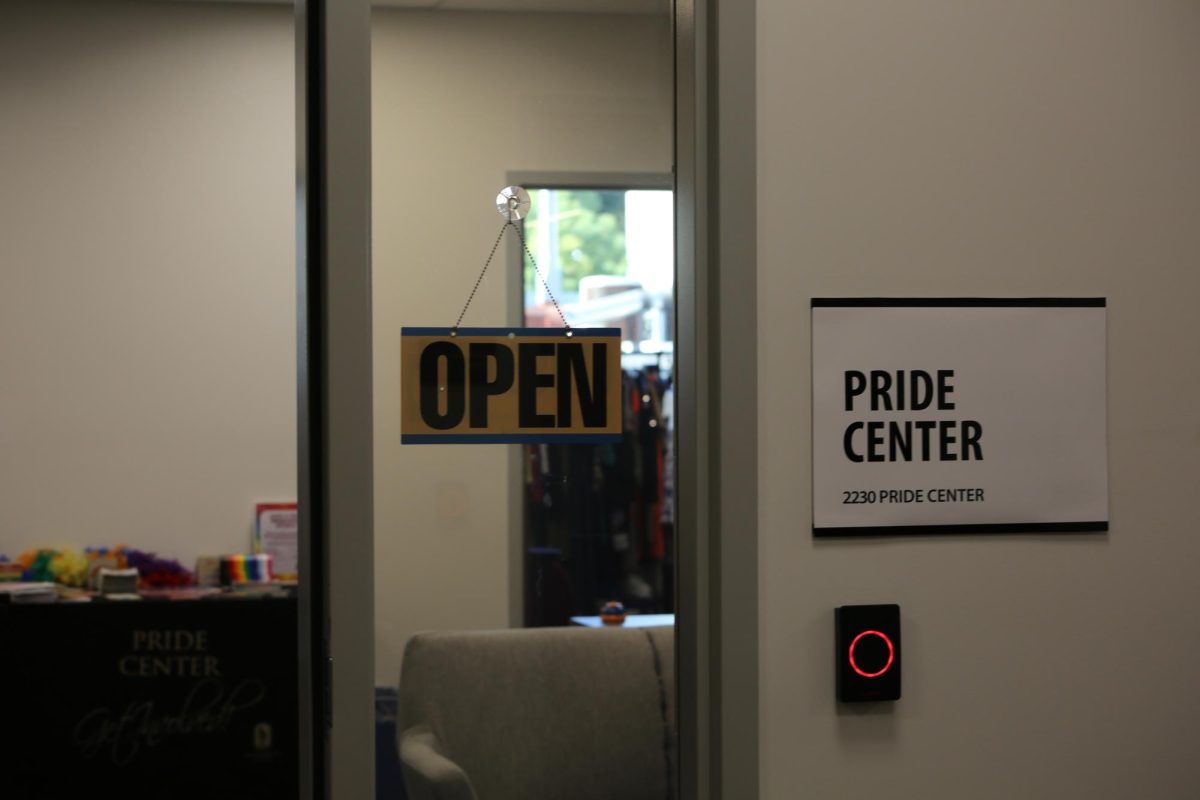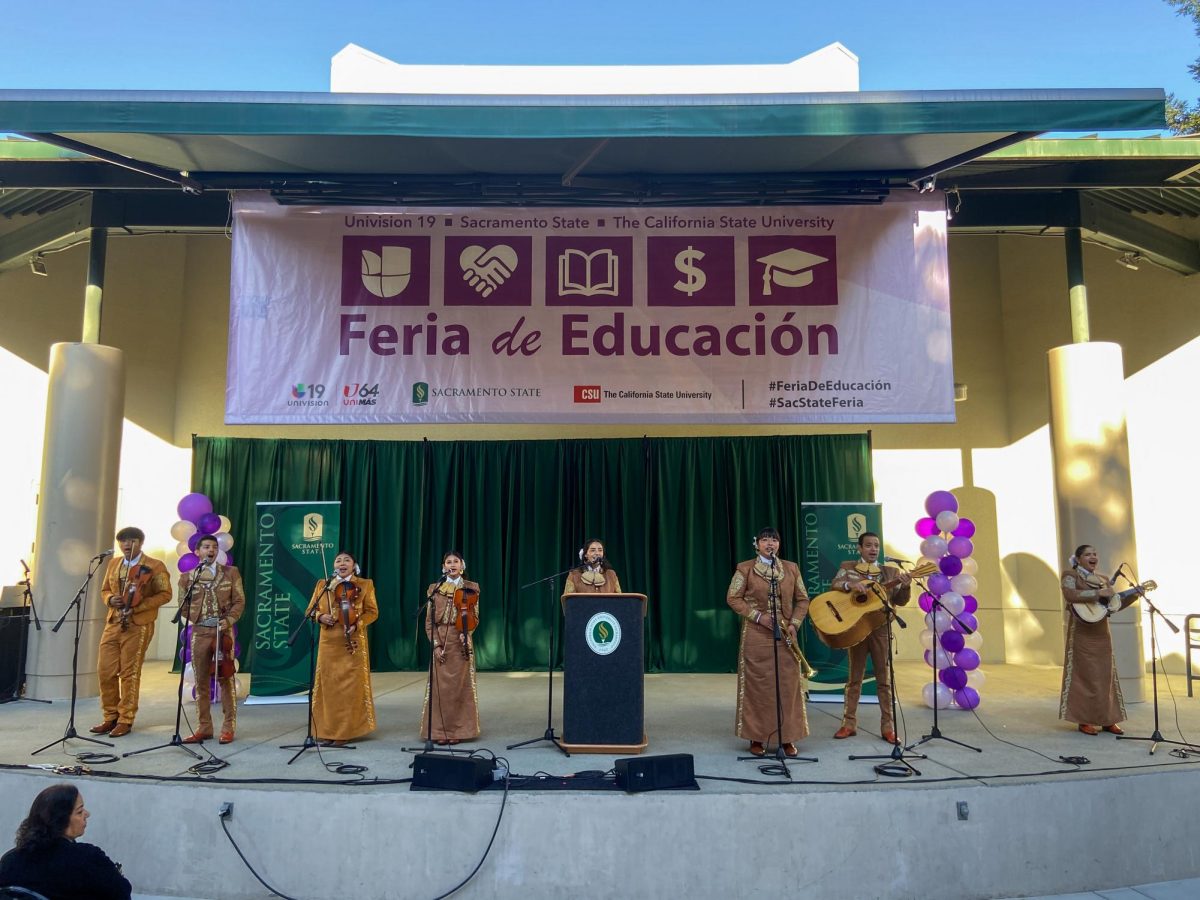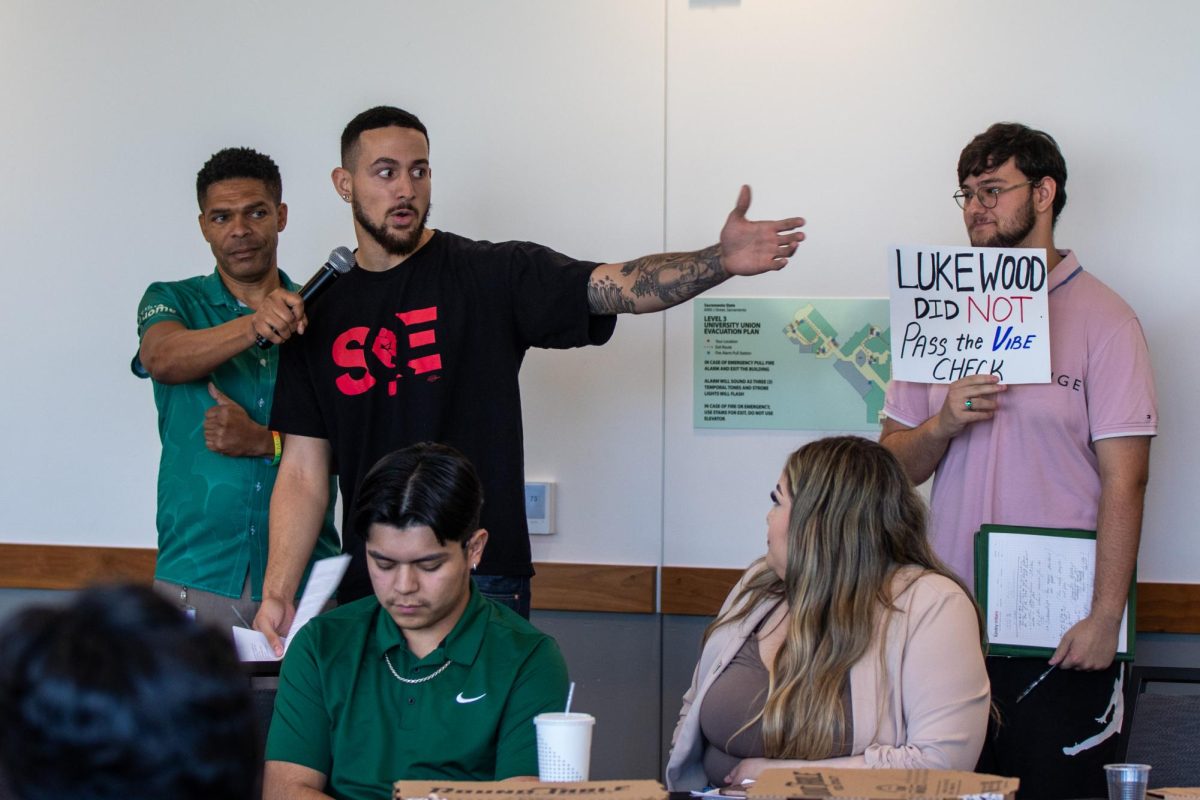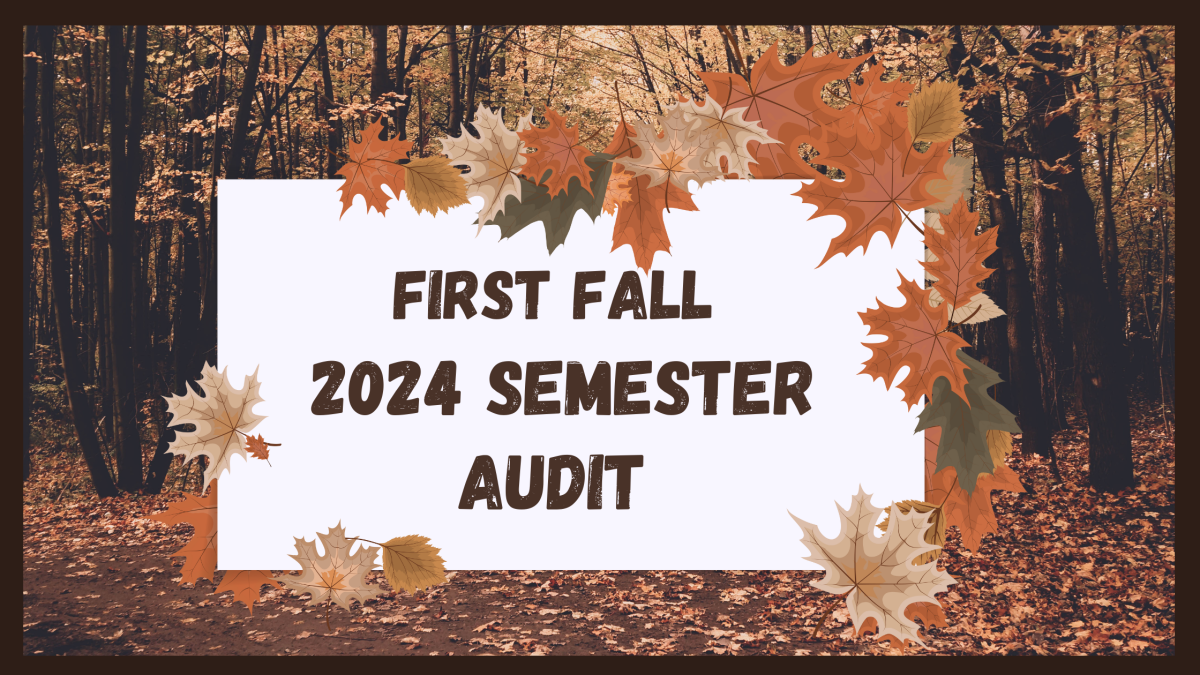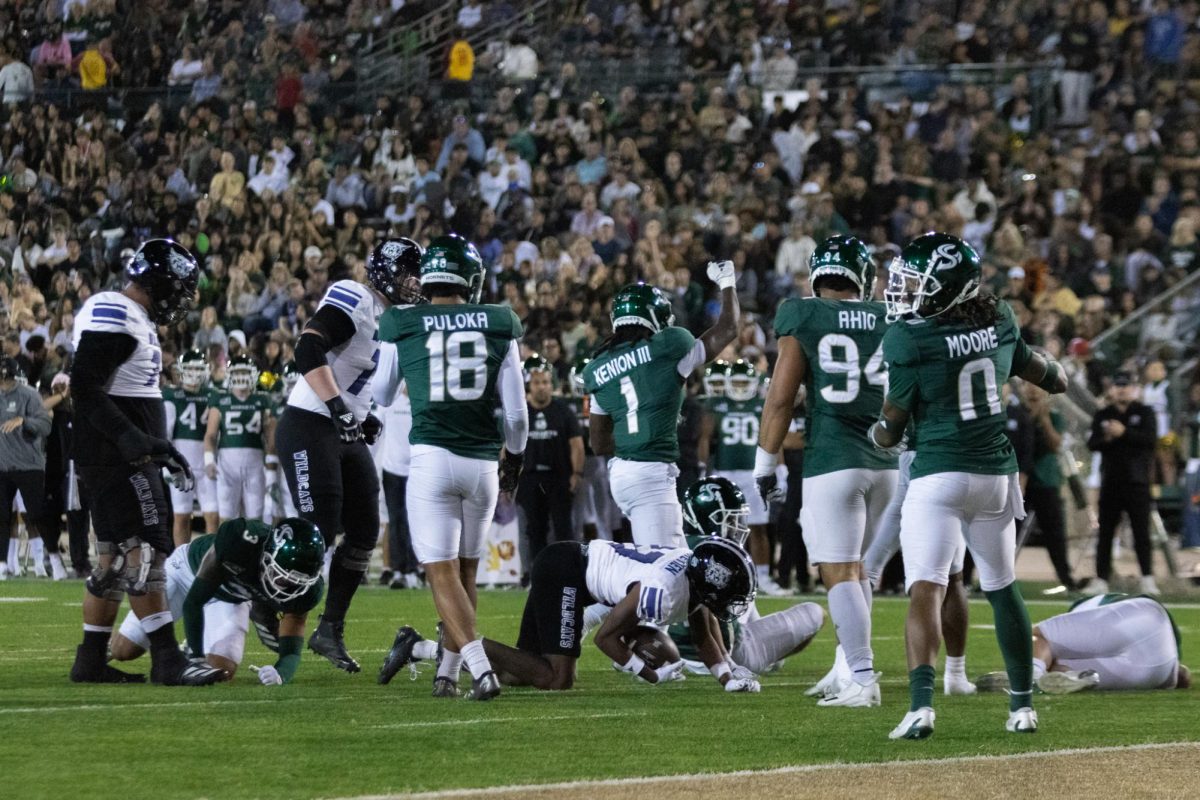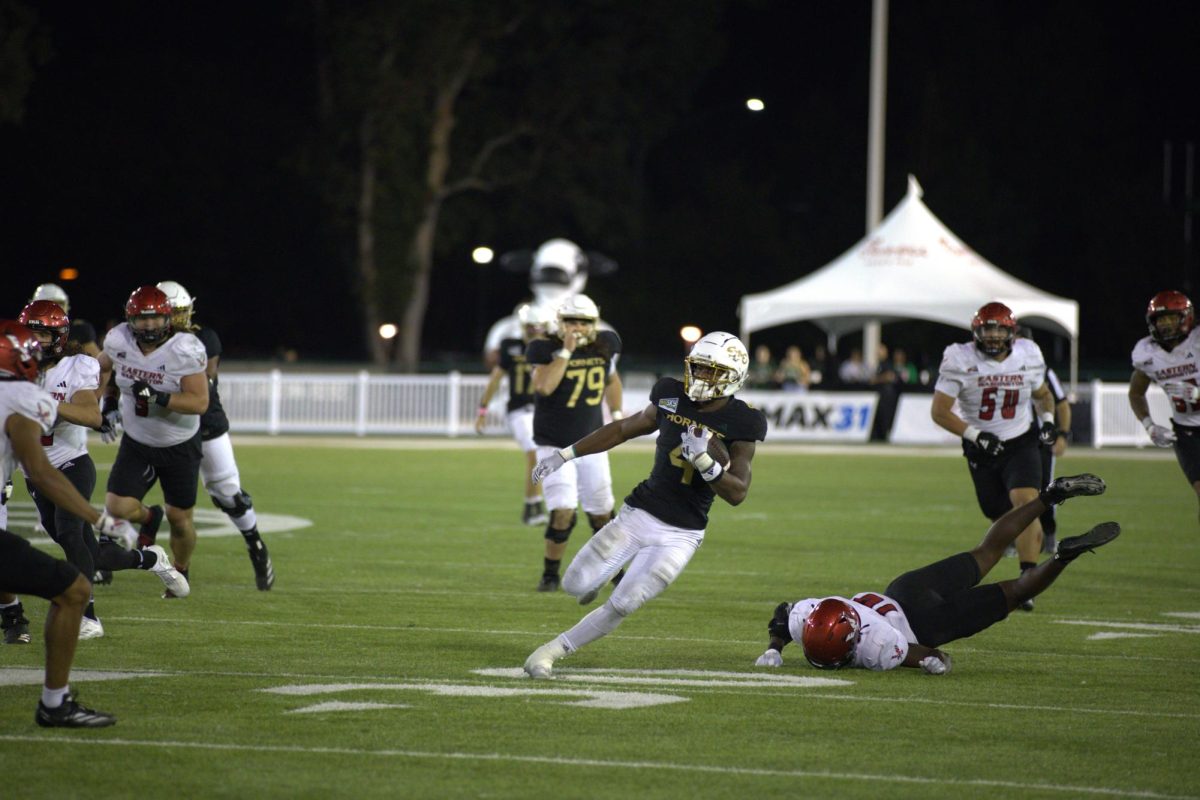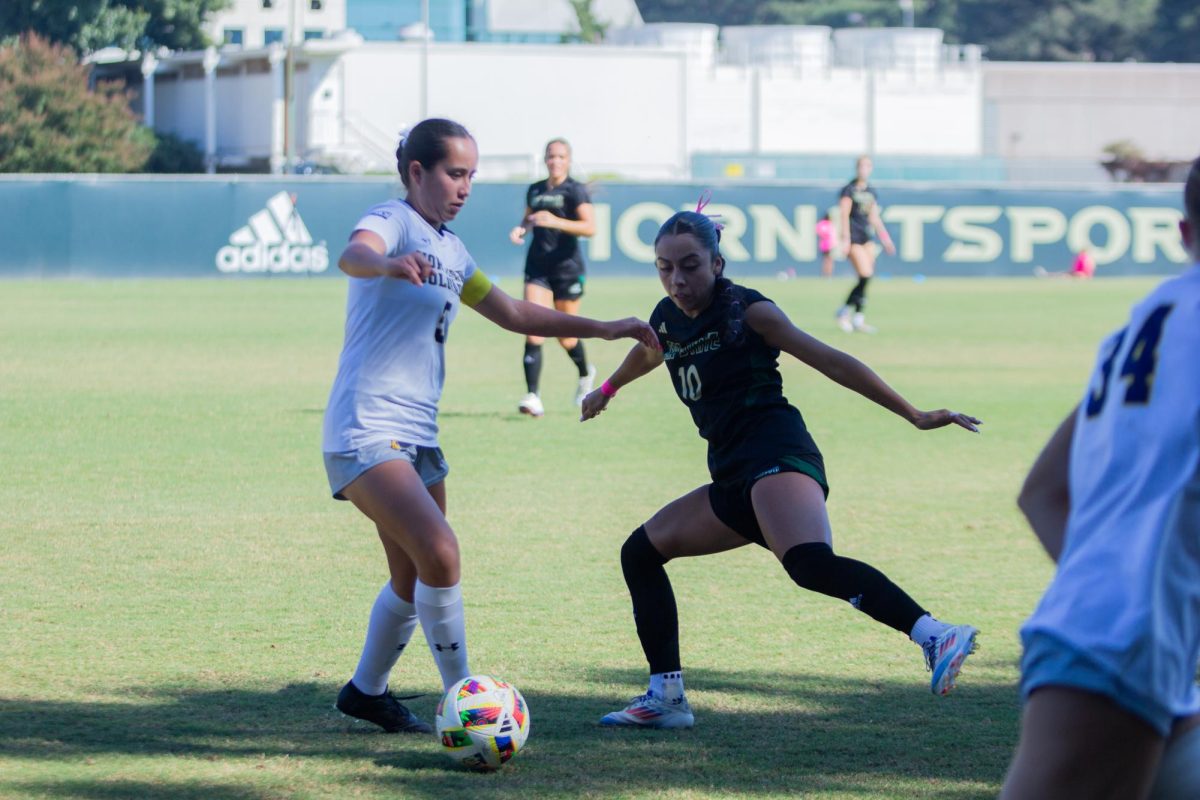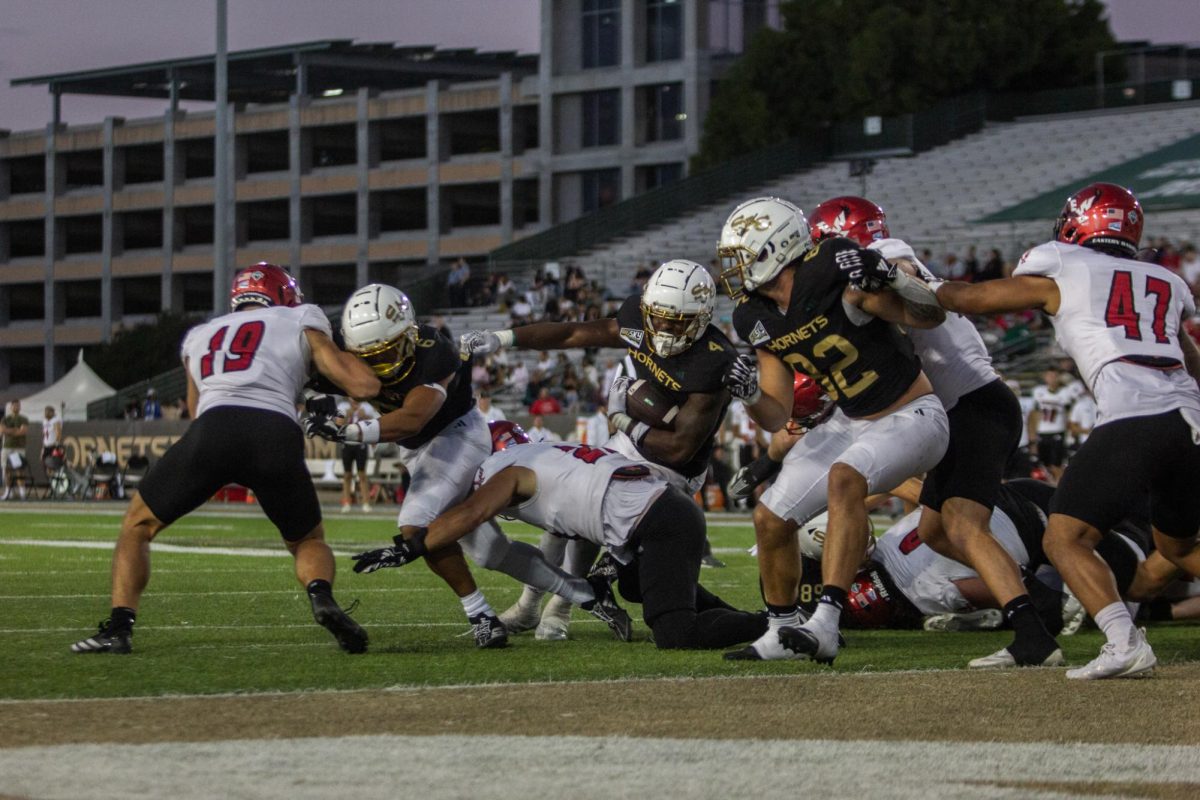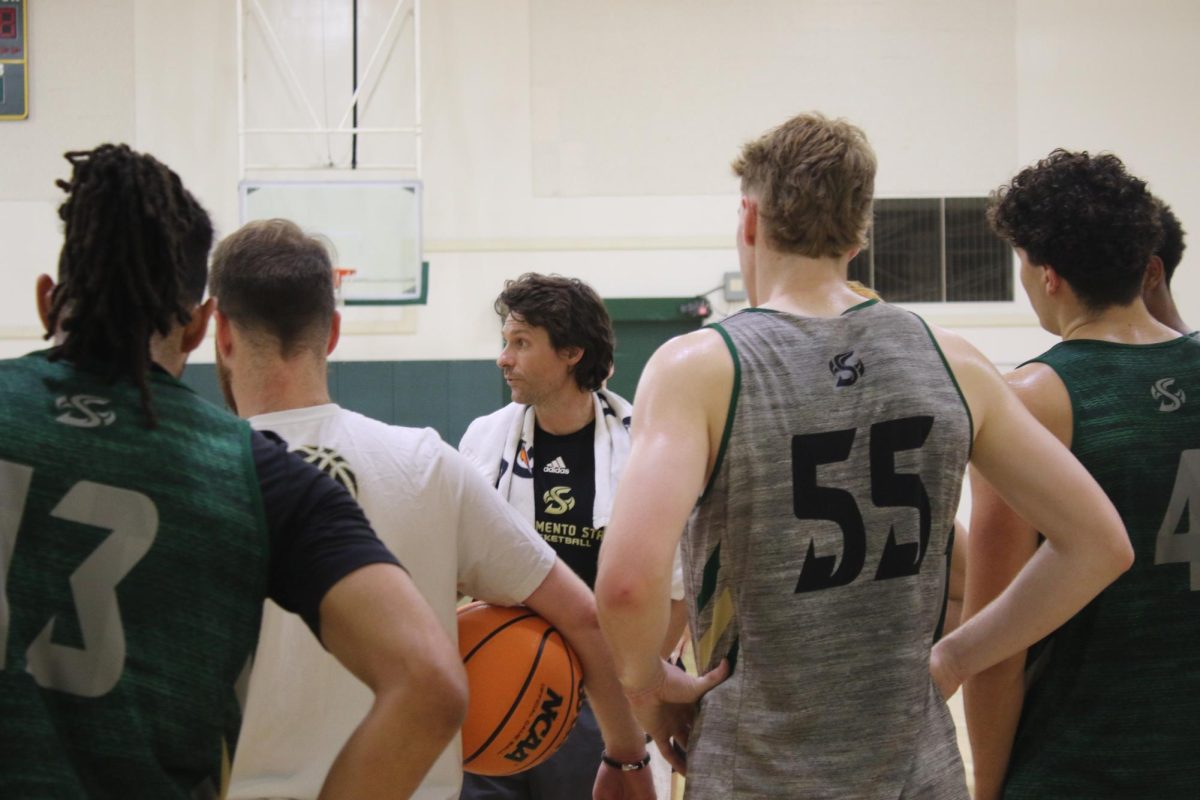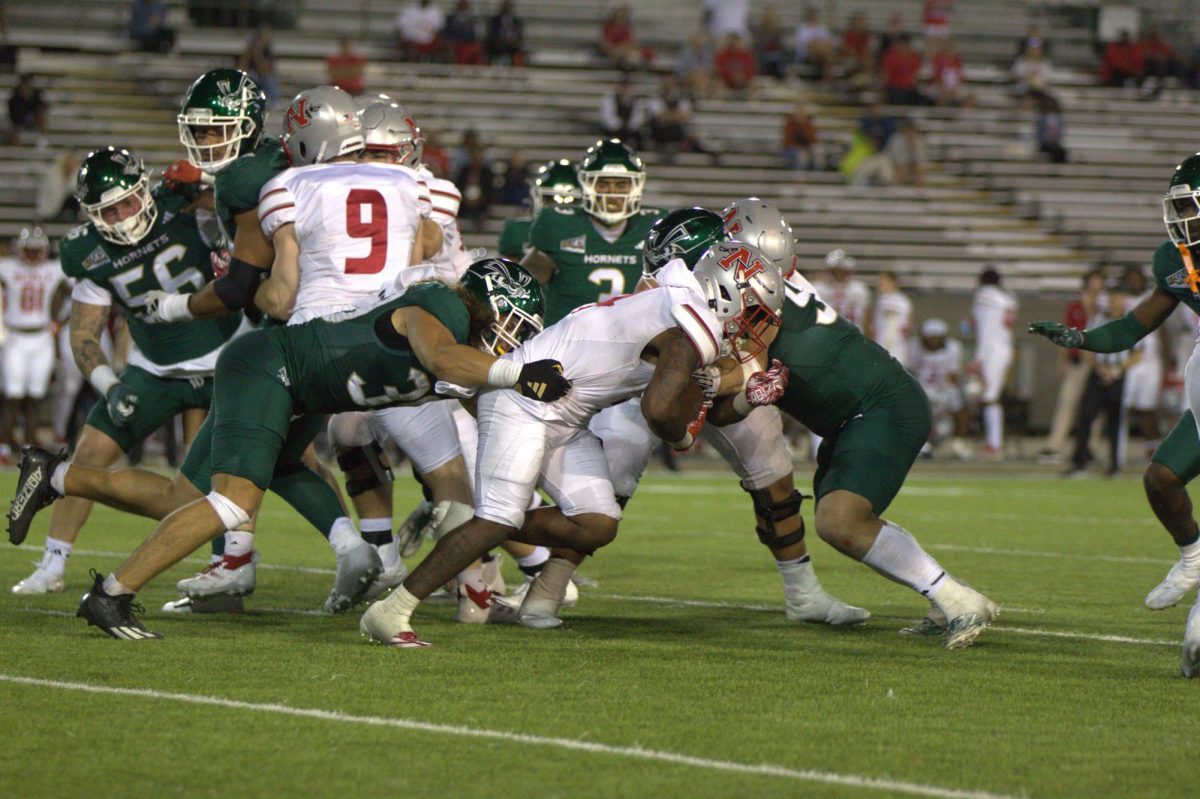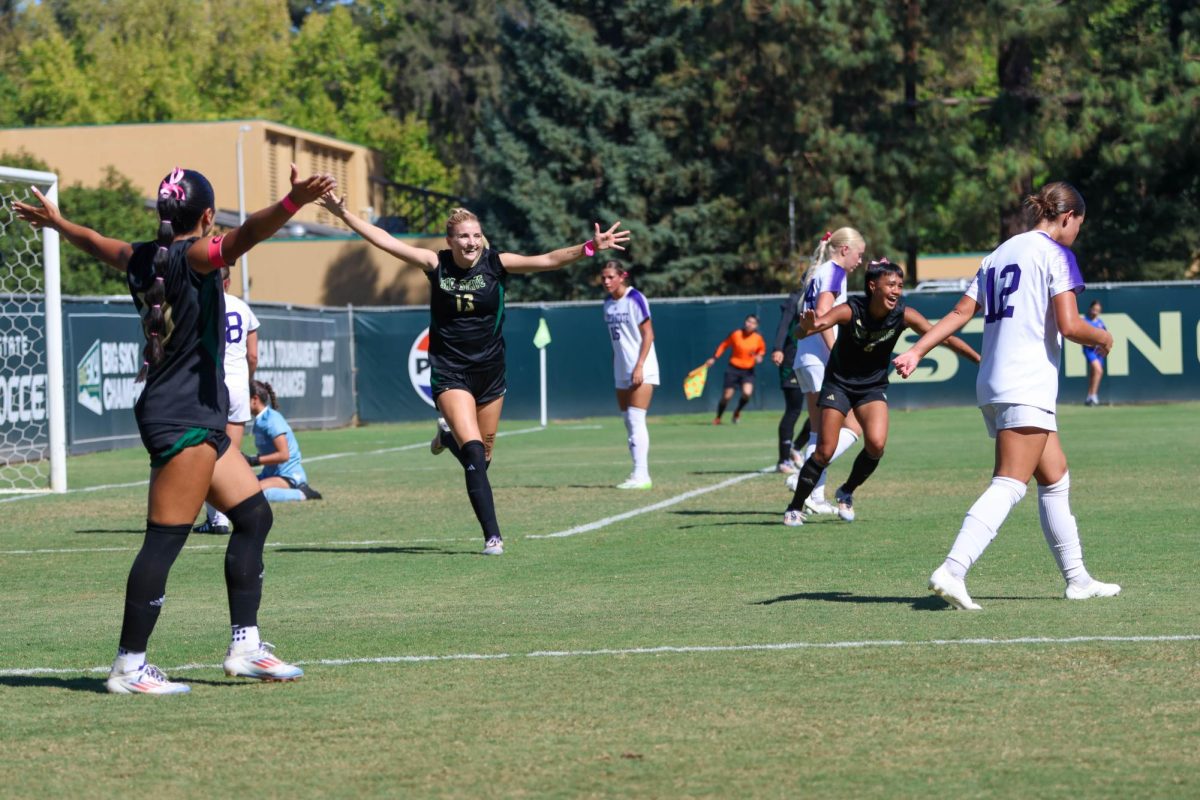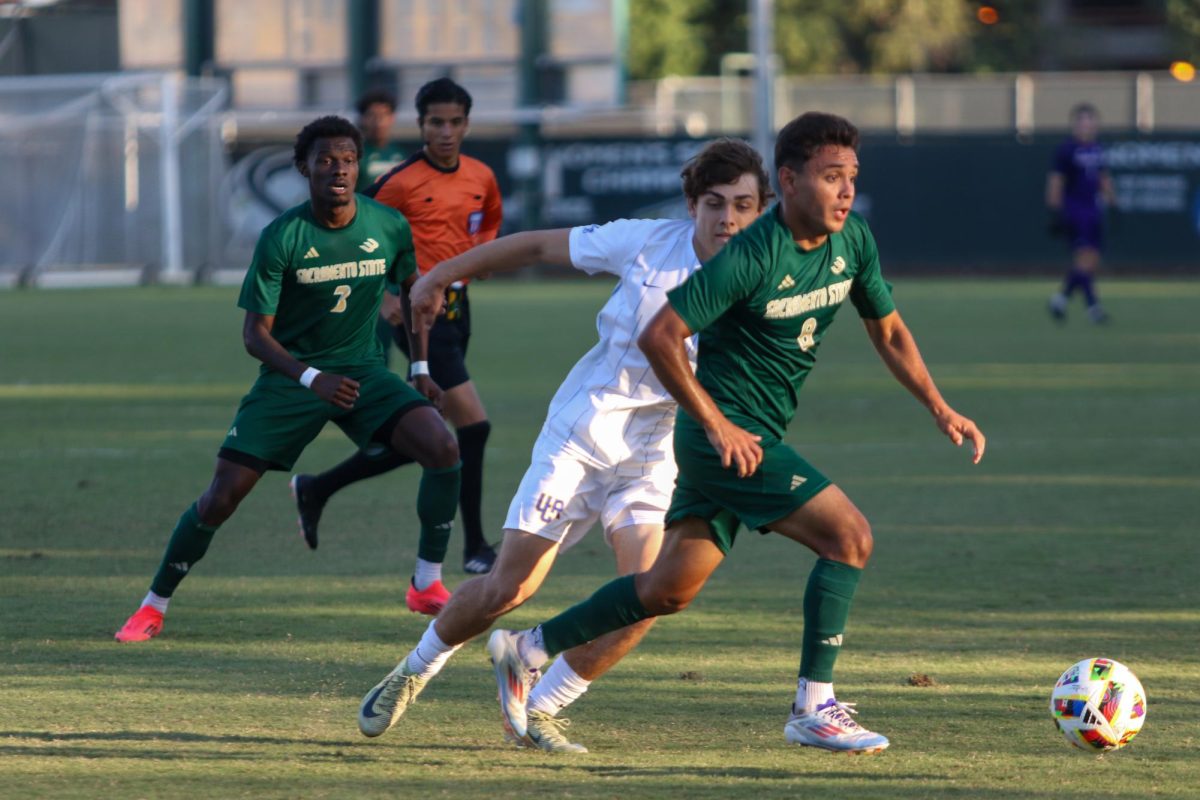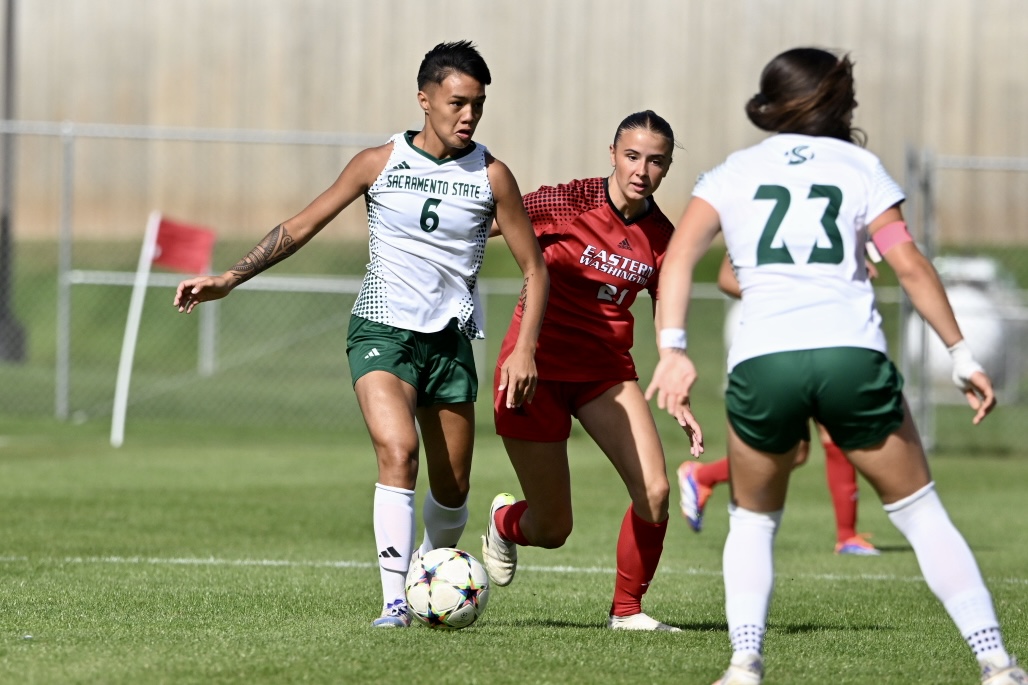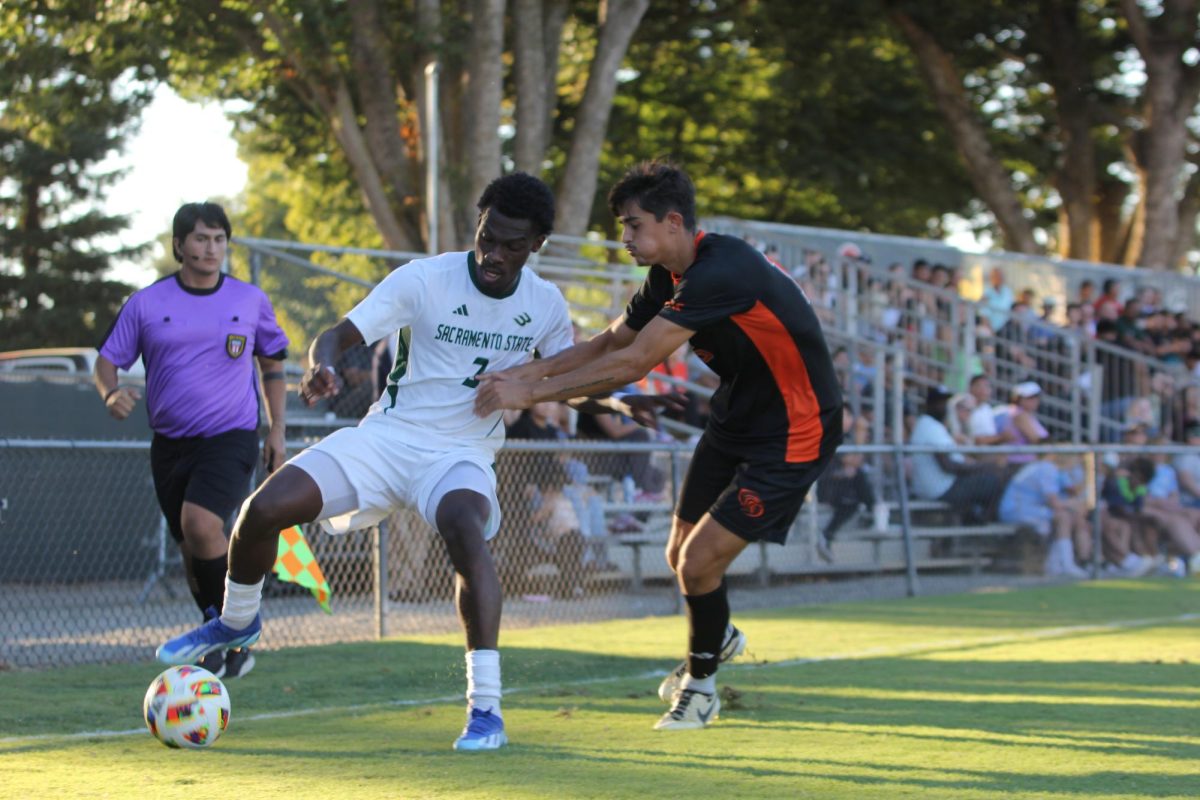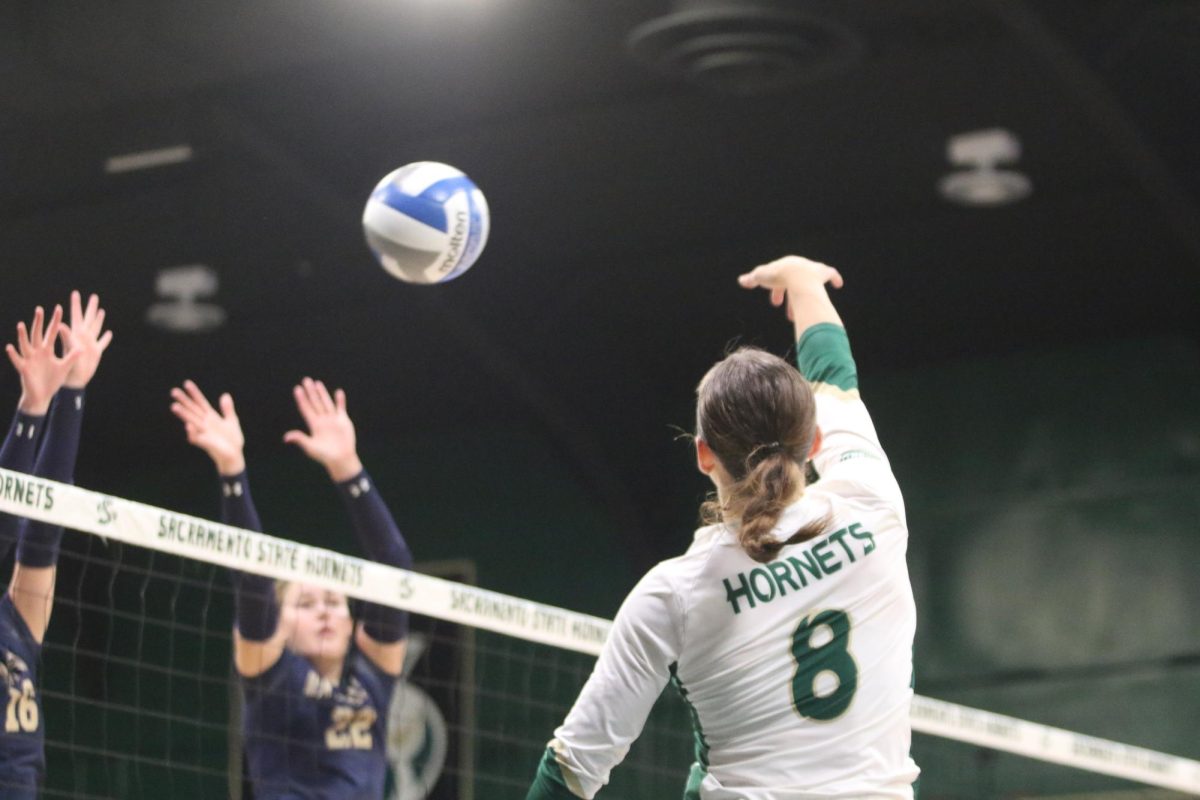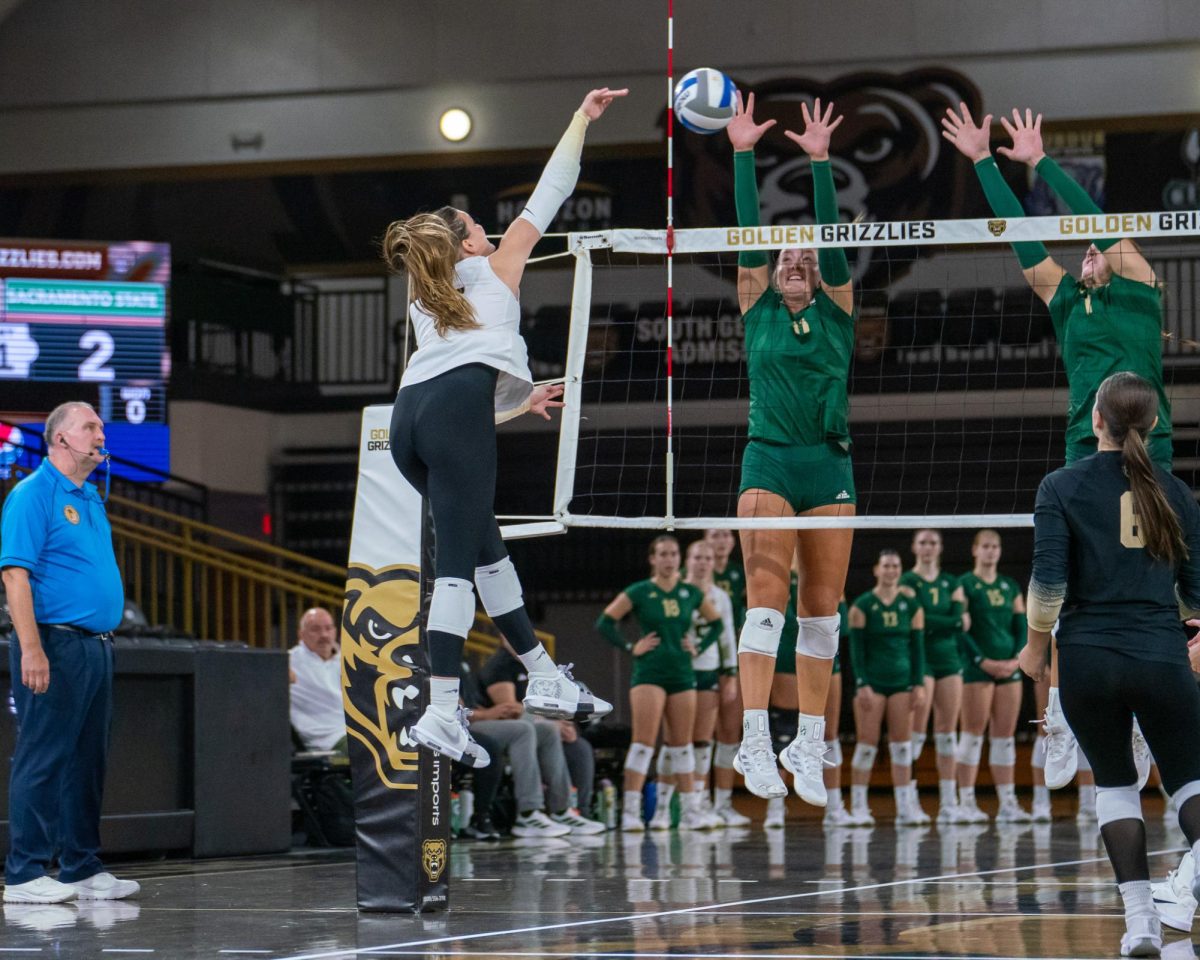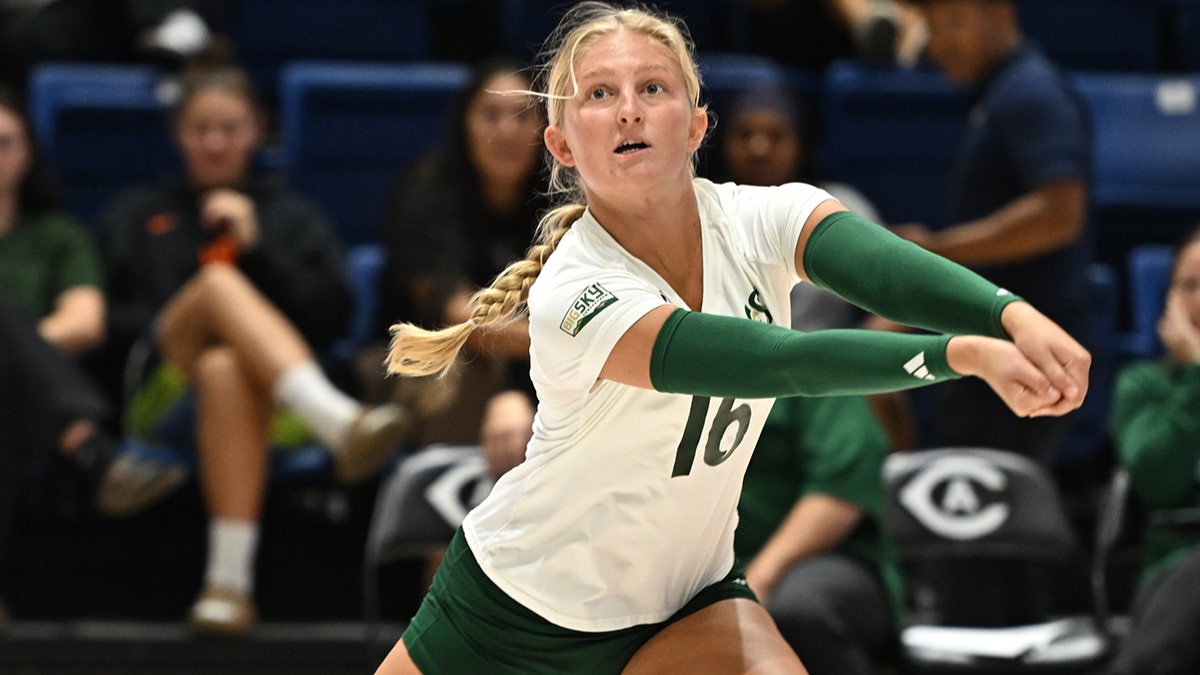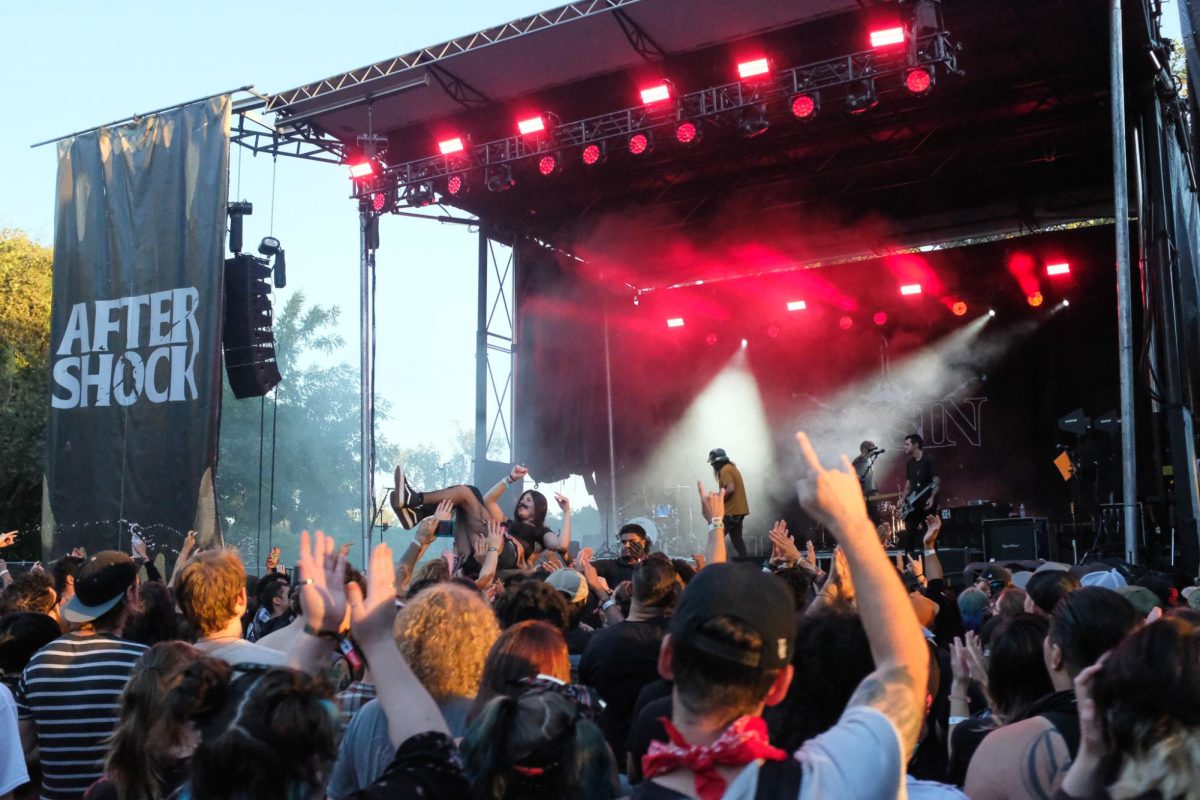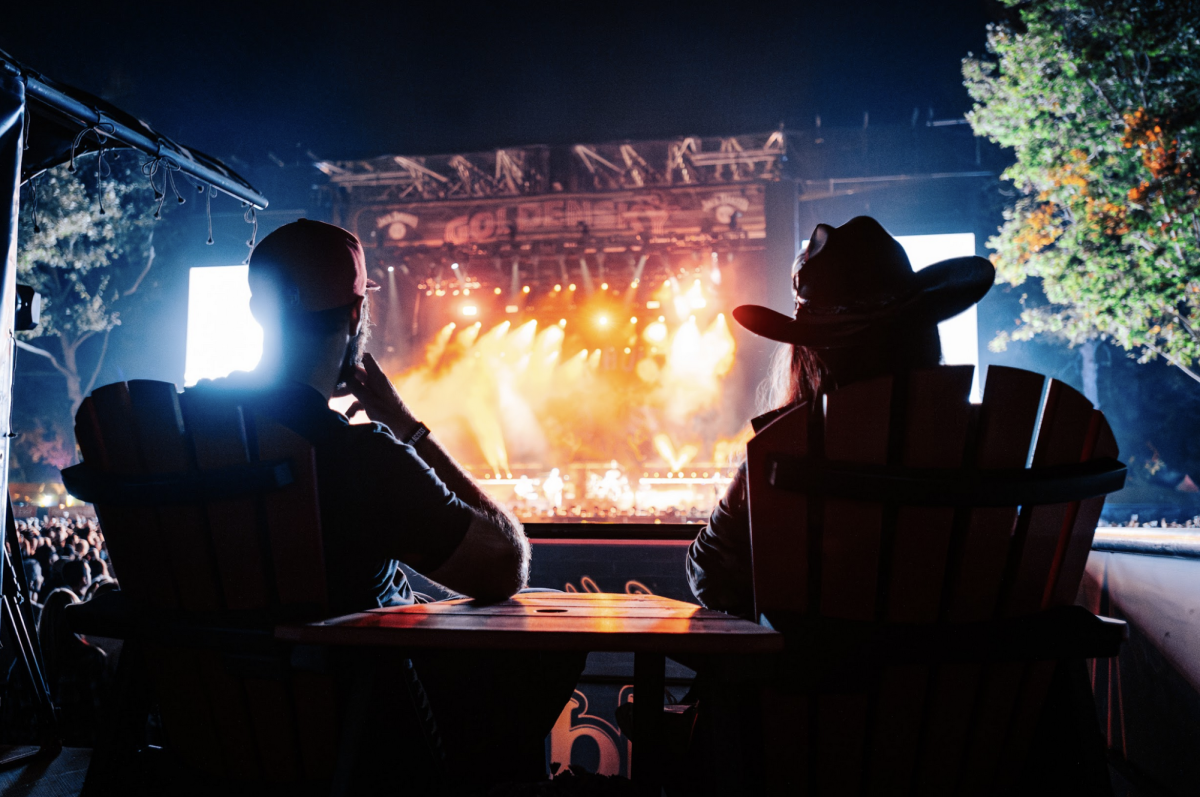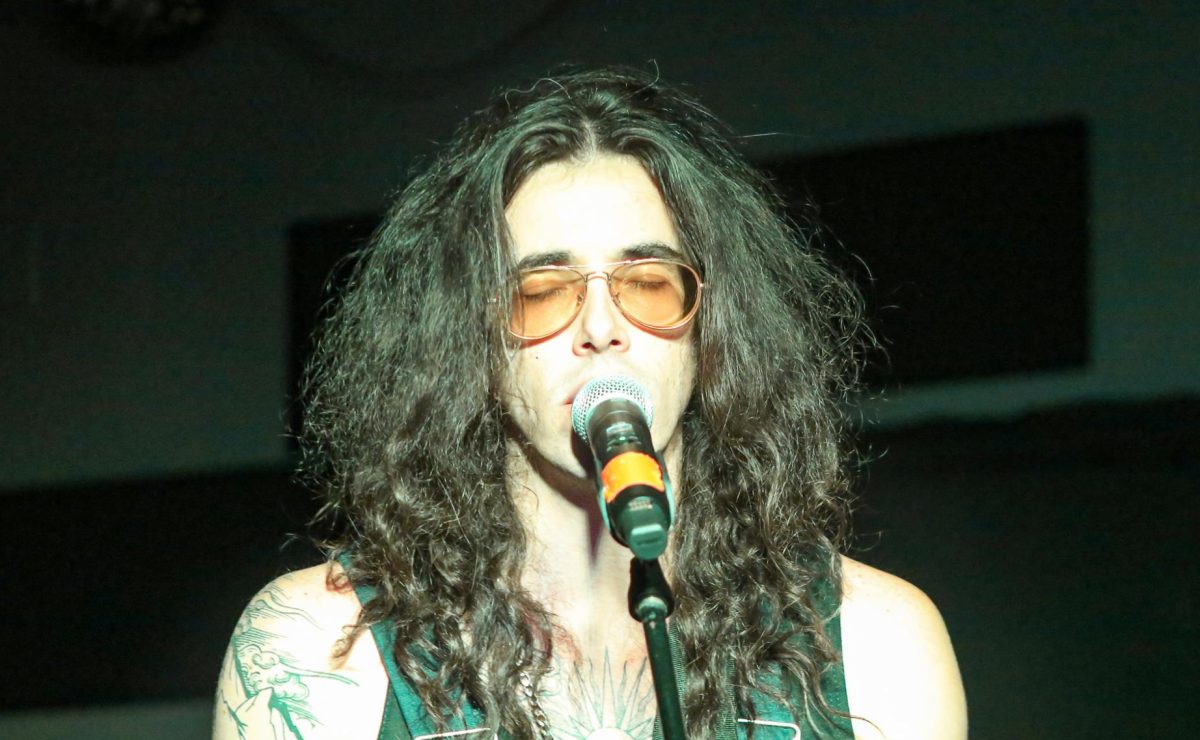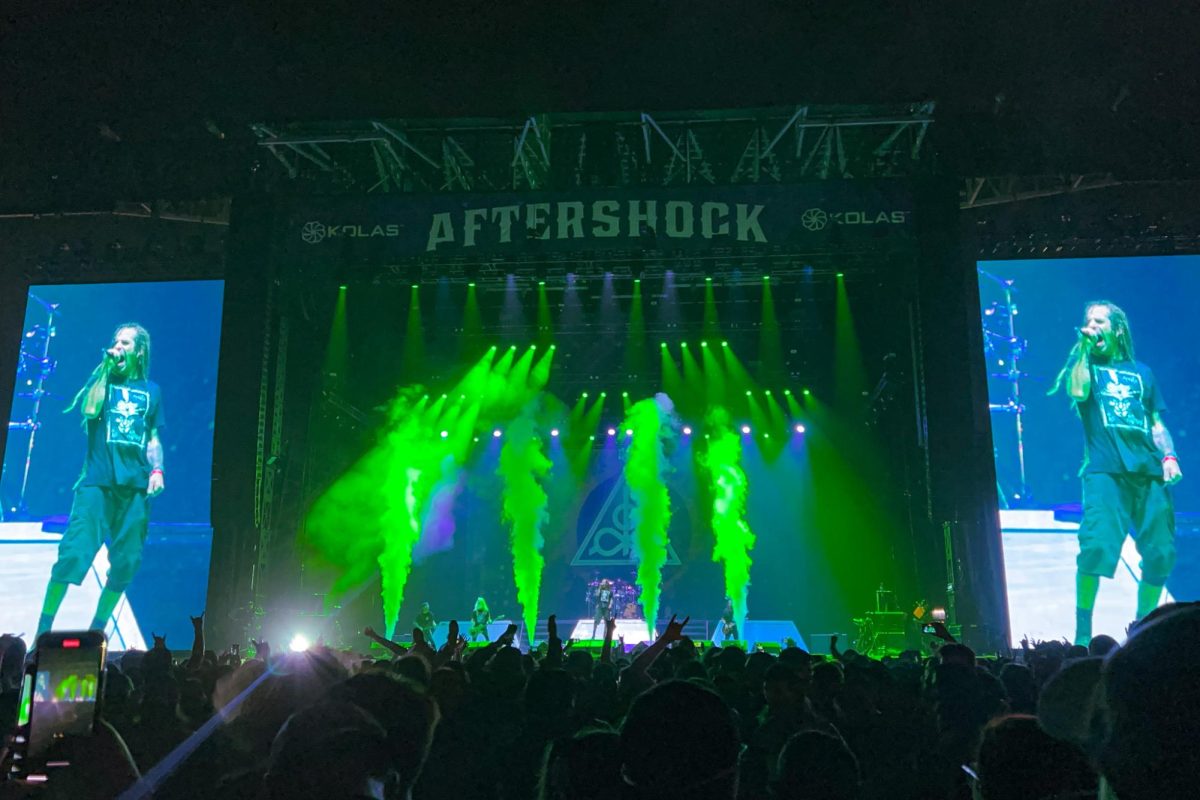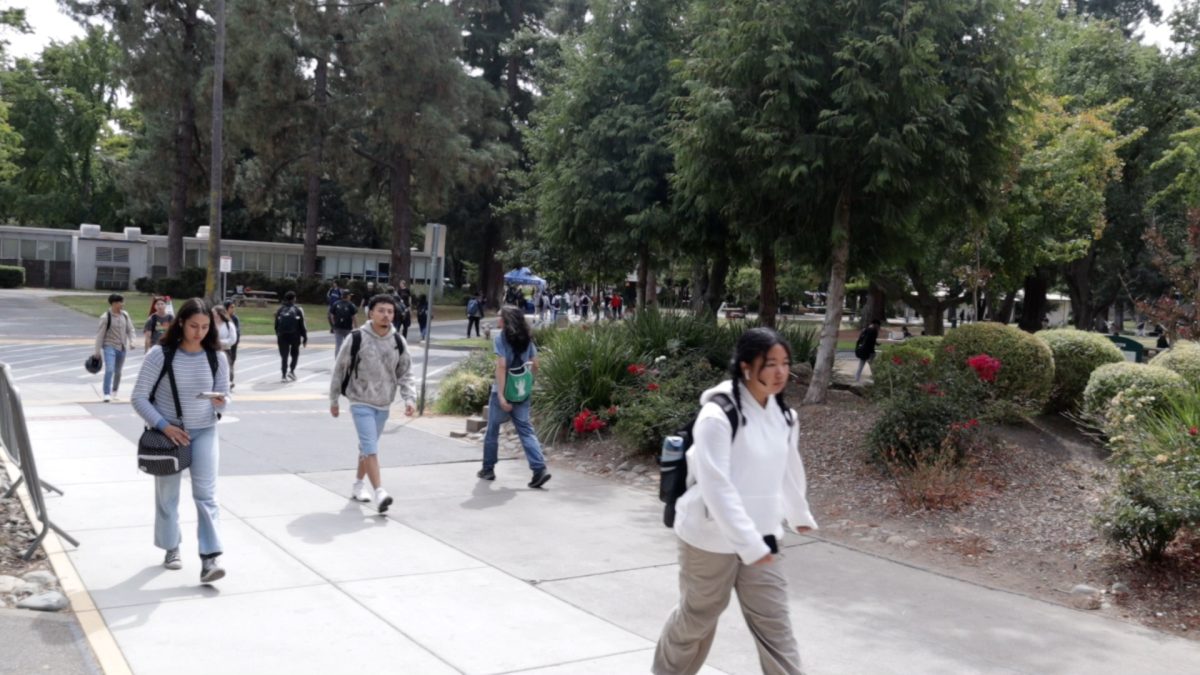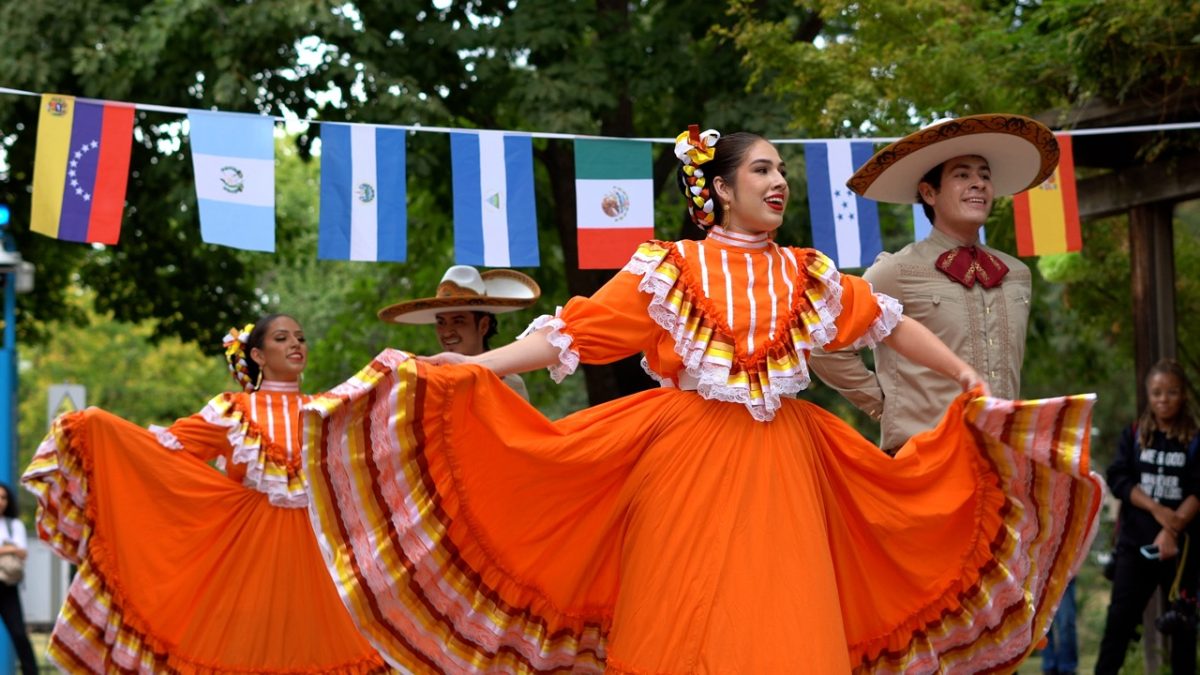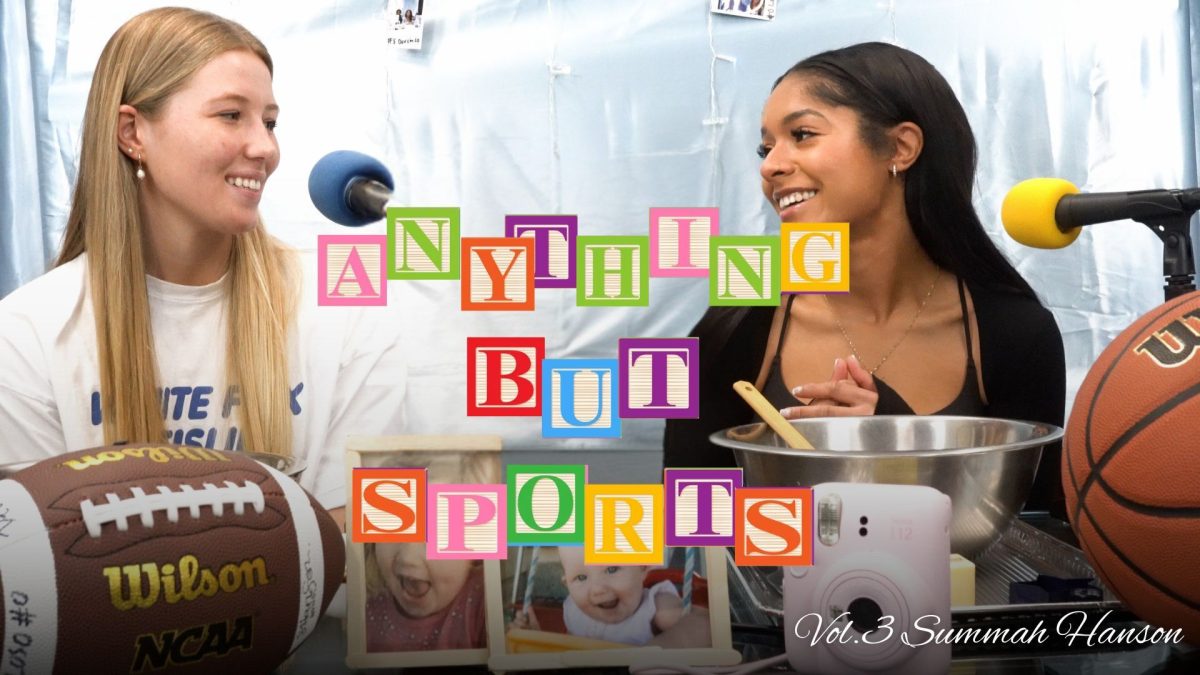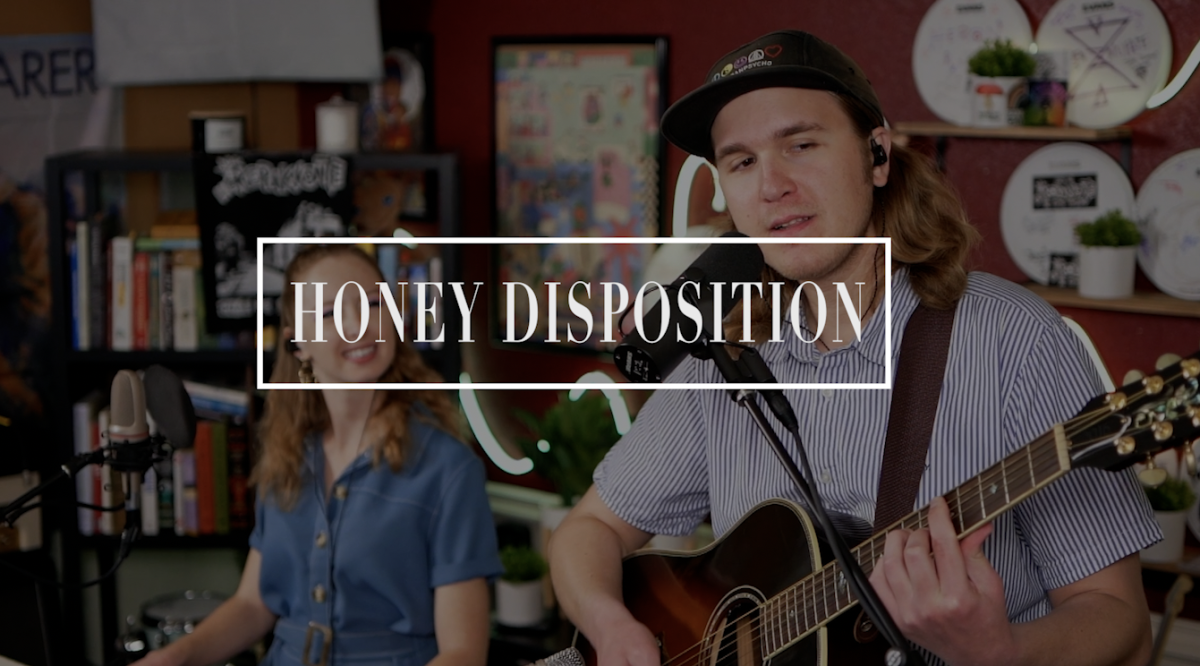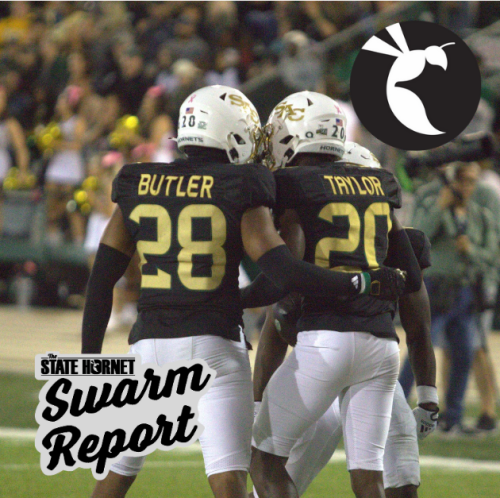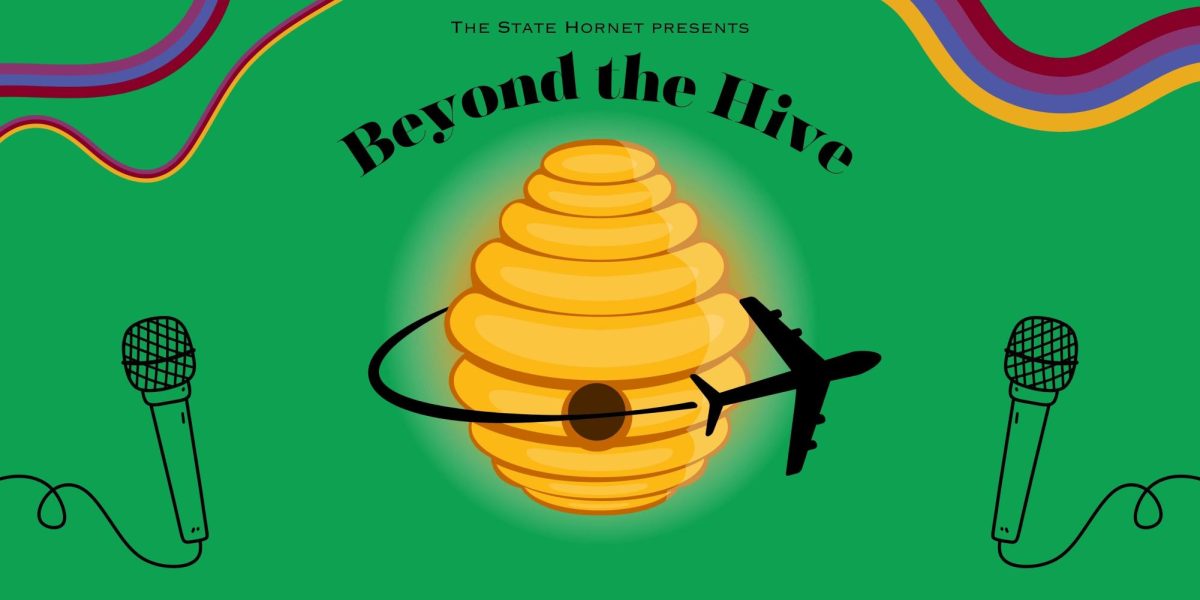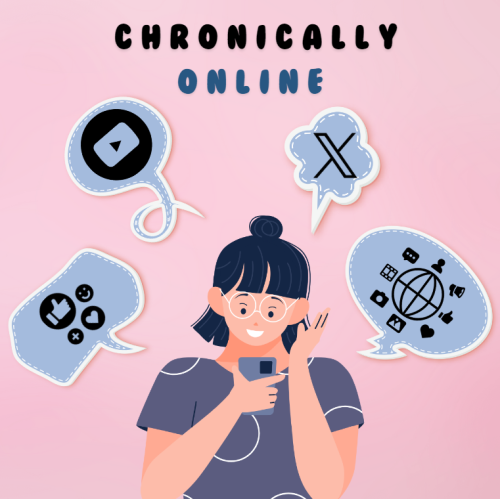ASI president competes in digital debate
May 6, 2011
Associated Students Inc. President Terry Martin came in second place at the first-ever totally digital debate last week.
The debate, part of the Annenberg Digital Debates, was hosted by the University of Southern California. It was the first intercollegiate debate tournament to be conducted entirely via streaming video and the Internet.
The top eight debaters competed for awards and prizes.
“The tournament was a lot of work, but one heck of a good time,” Martin said. “This is my first semester competing in formal policy debate, and coming out of it with a trophy was definitely icing on the proverbial cake.”
Martin’s debate was on nuclear policy, focusing on the resolution, “Resolved: nations should reduce their commitment to nuclear energy.”
He was assigned to debate in two rounds, arguing for and against the resolution.
The tournament is considered groundbreaking because all of the debates took place without judges present. The debaters presented their arguments via videos uploaded online. Judges viewed and rated the videos at their leisure.
Nick Burnett, interim associate dean of the College of Arts and Letters at Sacramento State, was a judge for the debate and was excited to take part in the innovative process.
“I found it very exciting to be involved in because it could be an important part of the future of intercollegiate debate programs,” Burnett said. “They won’t replace traditional three-day tournaments in which teams and judges all travel to a single location, but it might be a nice supplement.”
This debate was not Martin’s only debate this semester. He also competed in a debate at Pepperdine and one at Sac State, before taking part in USC’s online competition. Martin said the USC debate was a completely different sort of animal where adjustment was definitely needed.
He said in a typical debate, he would debate with his partner Amanda Meyer in four rounds against four teams in a single day, with only about an hour of break time in between.
In the digital debate, it was a competition between two individuals. Martin was allowed 24 hours to research, write and record his rebuttal after his opponent’s speech was posted online. The standard time to do this in a face-to-face debate is 10 minutes.
“Technical issues notwithstanding, there was much more time available with which to prepare and support my arguments,” Martin said. “This also meant that a higher quality of response was expected.”
Burnett commended Martin’s achievement on finishing the debate undefeated. Martin only placed second because he fell short on three “speaking points.”
Burnett judged contestants from three colleges in the debate.
“Since I represented Sac State, they had me judge debates from other colleges – the University of South Carolina, Rochester Institute of Technology and the University of Southern Carolina.”
As a judge, Burnett looked for all the qualities found in a traditional debate – well-conveyed arguments, reasoning and evidence.
“This tournament consciously attempted to encourage debates that were accessible to lay audiences,” Burnett said. “Students tried to be more adaptable to non-expert, judges-less jargon and had fewer shortcuts in their arguments.”
Burnett said he actually found it easier to judge these debates than traditional tournaments.
“Just like when students take an online class, I got to schedule the actual judging for when it was convenient for me,” Burnett said. “The quality of the video was adequate to the task. Your average laptop equipped with a camera would be all you need.”
Communication studies professor Christine Miller was also a judge in the debates. She said she does not think Martin could have performed any better than he did.
“I thought it was an exciting, intriguing format that represented the institution well,” she said.
Miller said she thinks the lack of judges physically present in the debate altered the way the debaters performed. Without instant feedback, debaters did not have a clear idea of how well they were performing.
“I think they would end up changing their approach if we were there,” she said.
As president of the campus Toastmasters club for the past two years, Martin has experience in public speaking.
“It doesn’t surprise me at all that it was that close. Terry has always been a good speaker. He is one of the most articulate people I know,” said Vance C. Jarrard, ASI director of social sciences and interdisciplinary studies.
Martin said the biggest hurdle he had to overcome in the debate was the fact that many of the debaters from other schools had more formal debate experience than him.
“These are some very analytical people who know how to play this argumentative chess game very well,” Martin said. “To overcome this, I worked heavily with my coach and more senior members of the Sac State team to develop and support my positions.”
Martin spent a great deal of time preparing for this debate.
“There were some days when I would spend several hours conducting research and send as many as three different drafts of my speech to my coach for feedback and I would still have homework and my ASI responsibilities on top of it,” Martin said. “It was close to midnight when I was finally finished posting my responses and I would always feel very accomplished because of all the hard work that went into it.”



